
Translated books sit on street corners gathering curb-side dust, their vacuum-sealed plastic wraps starting to tear. ‘Harry Potter and the Order of the Phoenix’ (2003) sits translated, side by side with a self-help book on how to get rich fast. The cinema house across the street boasts new local releases—gritty dramas, raunchy comedies, and of course, the occasional children’s film.
The occasional, foreign children’s film.
While the Egyptian book industry in recent years has been far more active in the pursuit of creating exciting, novel children’s content—with explorations of language and image, as seen in the efforts of Manar Hazaa, who dedicates her work to helping children marry colloquial Arabic with its formal counterpart—the film industry has consistently lagged behind.
There is little in the way of cinema and film that caters to children, little to showcase the ins and outs of Egyptian childhood, or the intricacies that come with schoolhood and friendships. While some cinema houses like Zawya have attempted to be more inclusive in their type of screening—such as promoting films for visually-impaired children—the fact remains that the film in and of itself does not feature Egyptian children or experiences.
Given the vitality of cinema in Egypt, this seems like a grave oversight.
From culturally-charged visions set forward by director Youssef Chahine in the 1950s, to the postmodern, on-screen brooding of Jamila Awad—cinema is inseparable from the Egyptian experience, and inseparable from local narratives of identity. This isn’t true to just one slice of Egyptianism; cinema across the board has been one of Egypt’s leading, influential industries.
Even so, there is an observation to be made when it comes to children’s content: while ethnic representation, socioeconomic variety, and the like are often parts of larger, elaborate dialogues in Egyptian television, children take a backseat in almost all forms of media—cinematic, in specific. There are no high-budget cartoons, no young actors titling films, and no popcorn popped for local children who carry much of Egypt’s future on their shoulders.
Despite the fact children themselves feature prolifically in Egyptian media, they are seldom the targets of said media. Optimism, color, and innocence are swapped out for an austere Cairo and gory, gritty Upper Egyptian feuds worthy of the European eye.
There’s nothing wrong with observing Egyptianism in its many mature forms, though there is a need to reinforce children’s identities at younger ages; this not only evokes confidence in their culture and ethnicities, but normalizes their personal idiosyncrasies. The exclusion of children as a target demographic from media production is certainly a national dialogue worth having.
Preteens and younger, in particular, are an entire subset of the population who cannot find themselves in local or global media.
Given that Egyptian cinema has now brought itself onto regional stages—with movies such as the Wahed Tani (‘Another Man’, 2022) and ‘Feathers’ (2021) queuing between sweltering images of misunderstood sexuality and pontified, gentrified understandings of poverty—it is time to revisit the younger, more impressionable generation looking to jigsaw their identities into something meaningful.
Representation as Identity Landscaping
Childhood is informed by exposure, and more often than not, exposure manifests as media. This isn’t about discounting foreign stories, but rather integrating the local with the transnational to create a worldly generation that is not only informed of others, but informed of themselves.
There is only so much a textbook can do for the lost, lingering child still learning to pronounce their own name.
“I had a chance to [move] abroad,” says Rania Maher, a 36 year-old mother of two. “I didn’t, because I wanted my children to grow up Egyptian. I wanted them to feel Egyptian, too. Part of that is the things they watch and read.”
Representation comes in many forms, though the consensus is that audiovisual media plays a central role in navigating identity, and projecting it onto a given piece of cinema. Bouncing afros, witty Egyptian nokat (jokes), young children dressed in public school uniforms—it all contributes a necessary message that children are seen, heard, and appreciated.
These, naturally, are not the images found in imported media. There is no obligation for foreign media to represent the modality and ethics of another nation. Disney is not expected to cater to Egyptian children, nor should it be held accountable for failing to do so; it is worth asking, however, if Egyptian media should be held accountable for failing to do so.
“We have a very good film industry [in Egypt], and we have for decades,” Maher continues. “But I haven’t seen any content [geared towards] children except during Ramadan, right at iftar when no one is watching TV. What do you want me to say?”
Corroborating her sentiments, is media postgraduate Maisa Hany, 27. Although her studies are not tailored to children’s media in particular, Hany’s sentiments as an Egyptian growing up without inclusive content finds itself intertwined with her studies.
“I don’t remember watching Egyptian children’s media as a kid,” Hany says. “I can’t [discount] my privilege—my parents could afford [exclusive channels] and all that. But a lot of the time, mostly in hindsight, I realize that there simply wasn’t any media to be exposed to: Egyptian cartoons didn’t really exist enough to find a place in this generation (Millennials – Gen Z).”
Scholars Dwight E. Brooks and Lisa P. Hébert argue that the lack of pointed representation can be weaponized against portions of a population—and in Egypt’s case, it becomes a confused reality that cherishes children in theory and disregards them in practice; cinema includes narratives of protecting them, without ever catering to them.

Inclusivity of Language and Dialect
While SpaceToon and MBC3 do their finest to bring Traditional Standard Arabic (TSA) to the ears of a region, more often than not it is a dubbed, stiff, and scripted fix to Anime and Western animation, which miss out on cultural cues and local understandings of what it means to be Arab—and more importantly, in this context, what it means to be Egyptian. It conflates an entire region, raises generations apart from local cultures, and alienates them from true ethnic representation.
Despite sharing the Middle East and North Africa (MENA), regional media has inherited the same assumption made by the Western world: that MENA is a singular culture.
Moreover, the discounting of Egyptian Arabic as a vehicle for cultural development becomes more and more apparent when observing content on platforms such as Cartoon Network and Disney Channel, without dubbing. While shows such as ‘Adventure Time’ (2010 – 2018) and ‘Pokémon’ (1997 – Present) are able to swerve cultural contexts entirely in favor of the fantastical and the whimsical, the use of English, French, or TSA, presents an (alternating) barrier for most Egyptians growing into themselves. The words used, while familiar and digestible, are not always applicable to their lives; children may not see themselves in Finn or in Ash, the way they might in a fully Egyptian protagonist like Bakkar.
A teen hijabi, a Nubian shepherd, an orphan Fayoumi schoolboy: all are more vital archetypes to Egyptian youth development than, say, the double-life of one Hannah Montana; such a character embeds a different set of experiences that Egyptian children cannot employ in their day to day, especially when aiming to understand their immediate surroundings.
That said, it is still essential for children to gain exposure to foregin identities, ethics, and understandings; the argument present is that alongside this wider worldliness of unseen, distant lands and imaginations, there should be a local landscaping of thought, language, and culture that informs Egyptian childhoods. From embedded cultural nods to pop-cultural references, the citing of a show like ‘Bakkar’ (1998) would do more for Egyptian youth than referencing ‘Star Wars’ (1977 – 2019).
There is a reason, for better or worse, ‘Bakkar’ is Egypt’s gold-standard for children’s media. However, the show was released over two decades ago with very little since creating as substantial an impact.
“I remember Bakkar!” Hany muses, fond. Similarly, Maher agrees that Bakkar is memorable, if not essential to Egyptian childhoods in the late nineties and early 2000s.
“Bakkar is good,” Maher agrees, “but not all Egyptians are like Bakkar, you know?”
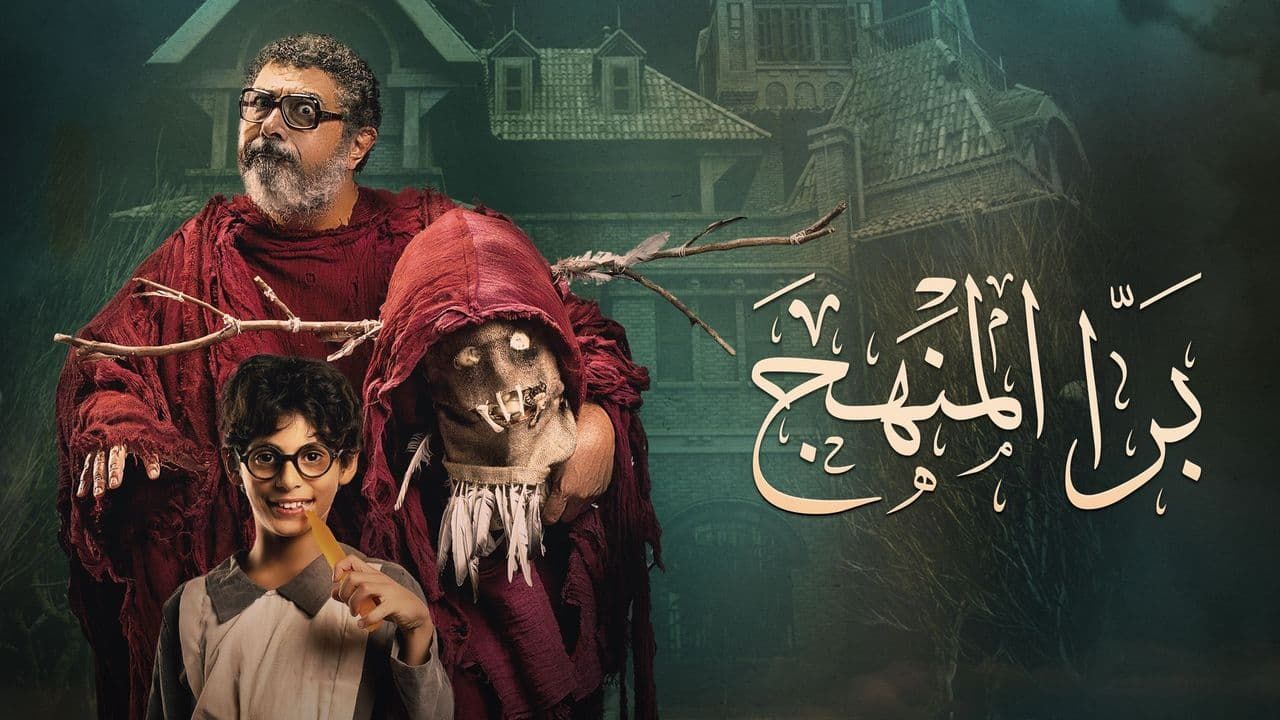
Animation is Not the Be-all, End-all
‘Wadjda’ (2012) is a Saudi Arabian, woman-directed film about a young girl’s coming-of-age story. She barters and banters, aims to buy her own bicycle, and observes the strange and misunderstood trials of Saudi female childhood. That said, ‘Wadjda’ is not an animated movie; it features a young actress and a young cast who put themselves, their identities, and their experiences into individual performances.
Egyptian cinema has occasionally, on the indie-scene, attempted to underscore Egyptian children. Barra el-Manhag (‘Outside the Curriculum’, 2022) features a young orphan boy who braves a haunted house to impress his classmates. Light-hearted, the film introduces themes of belonging and pariah-hood.
While this is one example of children in media, more often than not they aren’t the lead roles of a drama—they are props of a story: a mother losing custody in ‘Faten Amal Harbi’ (2022), a single father and crook in Haramiya fi KG-2 (‘Thieves in Kindergarten’, 2001), or a teen who loses sight of her own future in the gut-cramping, drug-centric drama that is Taht el-Saytara (‘Under Control’, 2015).
Unfortunately, in all its forms, Egyptian children’s media exists scarcely in postmodern Egyptian cinema. Children aren’t able to recognize themselves, project themselves, or understand Egyptian culture in a way that isn’t mediated by foreign narratives or disconnects in used language. It is essential, then, to not criticize a generation for their lack of Egyptianism, their lack of Egyptian identity—not when they are not granted the tools to seize it.

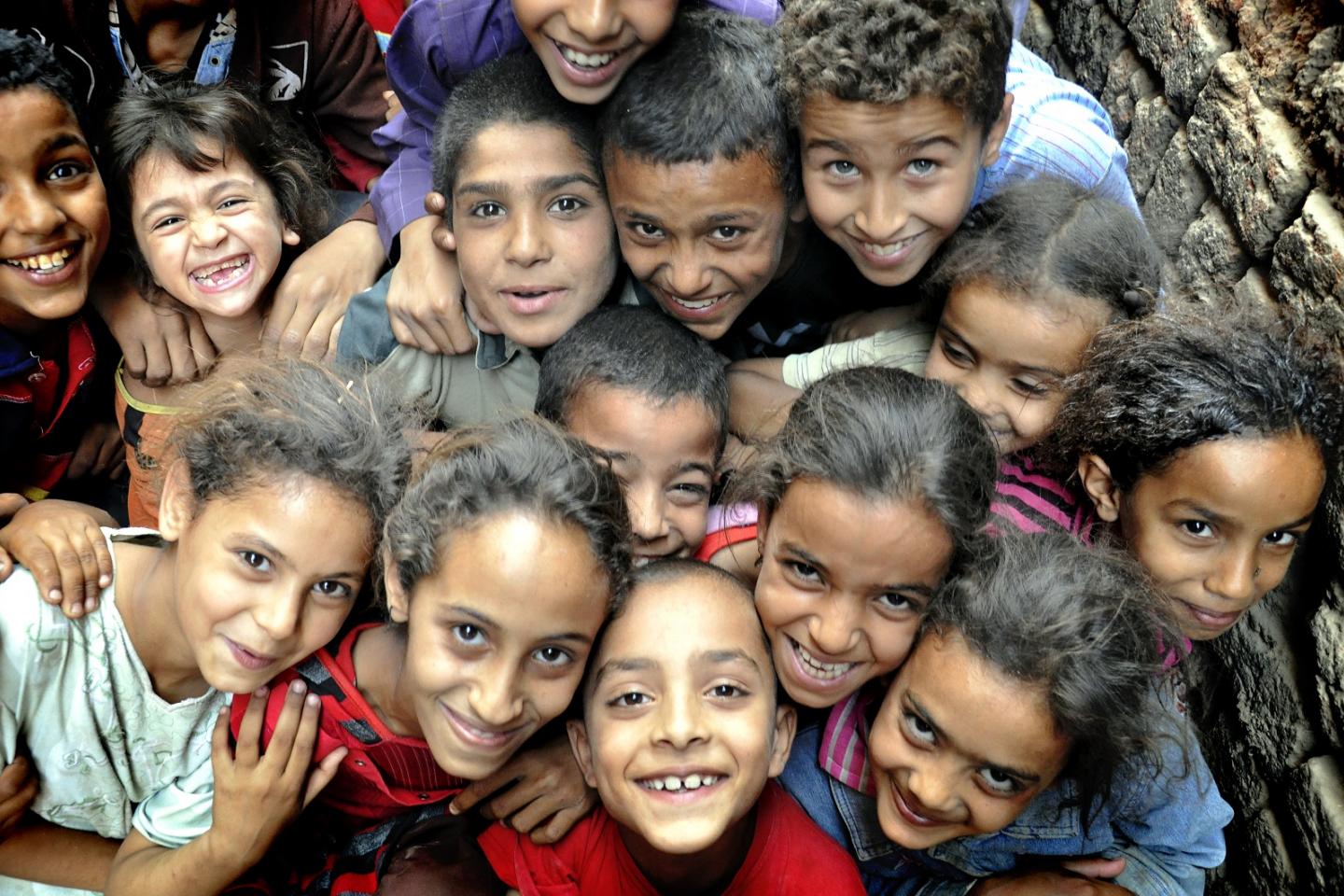


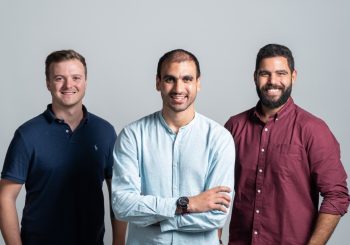
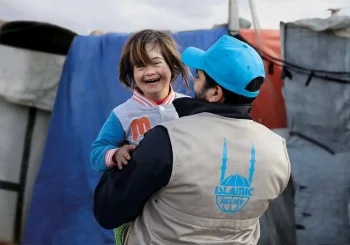
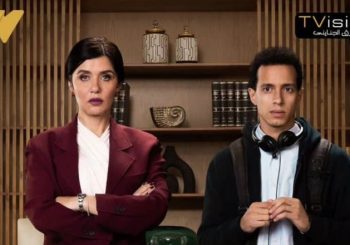
Comment (1)
[…] Supply hyperlink […]